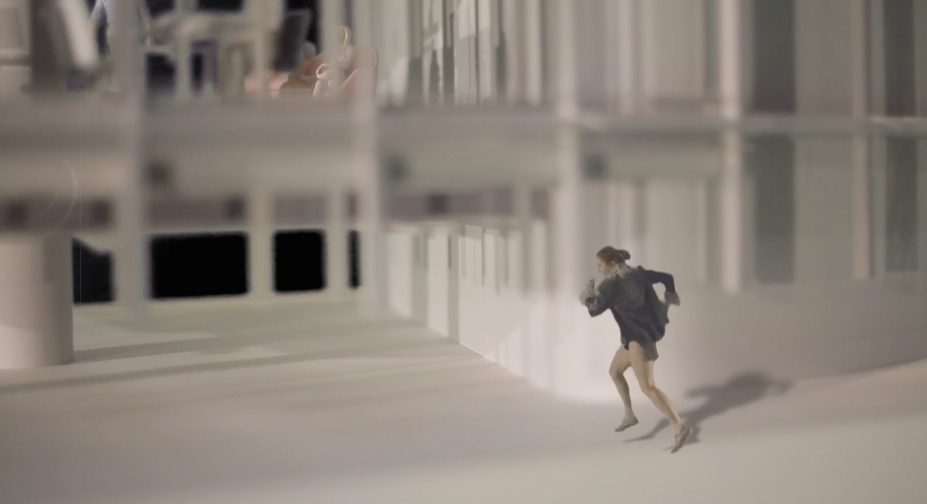New models of performance making and community building in dance.
The starting-point for this research is a concern, shared by many in the performing arts that the small-to-medium dance sector in Australia has been in a state of crisis for almost two decades. In 2002, when I began my PhD Walking in Sydney Looking for Dancing, causes for the state of crisis in which the small-to-medium dance sector had existed since the mid 1990s were attributed, by artists and organizations in the sector, to insufficient government funding. The approach of my thesis was to reframe the crisis as one of place and space, rather than simply financial structures.
The approach of this research is to address the crisis by trialing and exploring new innovative models for dance and performance making. Practice-based models will be devised that advocate the social and build constructive communitarian relationships; models that support distributed collaborative practices and new dance making agendas that look to other disciplines for connecting and creating across form and content. The intention is to propose tactical solutions to enable ambitious yet resource-light models of production that will potentially generate new dance funding models, and improve sustainability of the sector.
In November 2013 I presented a paper entitled ‘There’s Gotta be Something Better Than This’, that pre-empted the commencement of this research, by looking at authorship and experimental models for dance making and asked questions about how creative content is generated and how the role of the author is negotiated within collaborations (SEAM2013, a cross-disciplinary conference facilitated by Critical Path in partnership with The Centre for Contemporary Design Practices and the Faculty of Design, Architecture and Building, UTS).
In November 2014 a 2nd paper focusing on the collaborative writing practices developed during this research will be presented at Writing Dancing/Dancing Writing, The University of Iowa (Society of Dance History Scholars + Congress on Research in Dance). At the conclusion of this year an industry presentation of the practice-based research will be held. This will provide a valuable opportunity for all stakeholders and potential partners to witness the research findings and the work in progress for the large-scale interdisciplinary dance screen installation work in 2016.
The focus for this first stage research (NSG 2014) is to challenge dominant modes of dance processes by developing new models of creative practice for innovative dance work and to contribute to new ways of theorizing artistic practice with an emphasis on independent dance practice. TROUBLE: a place in time will lead to public presentation of a major interdisciplinary creative work in 2016.
